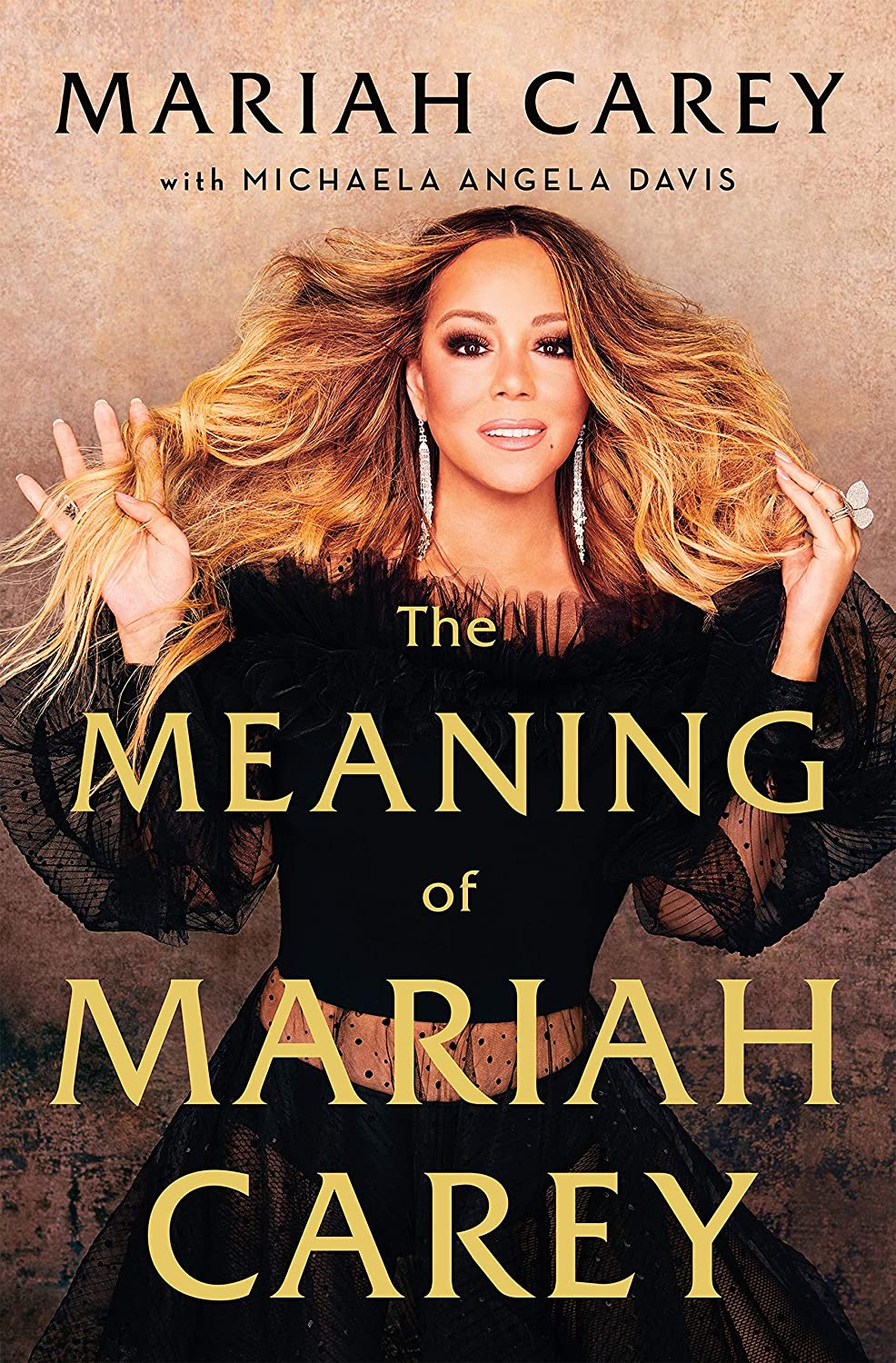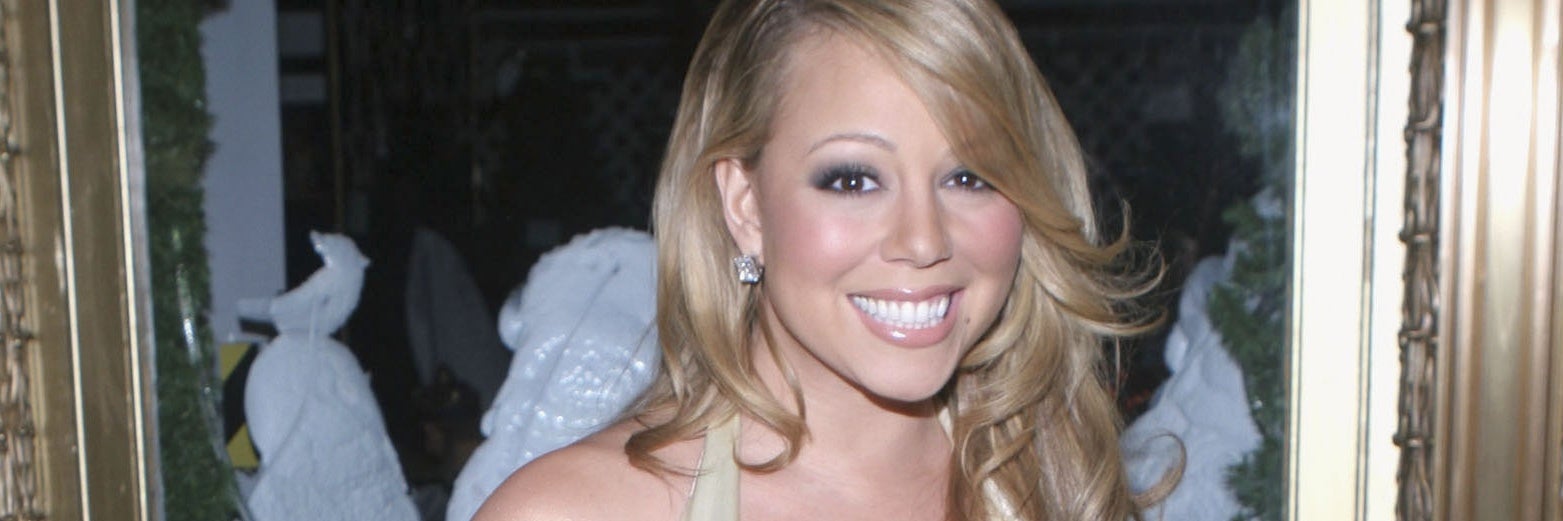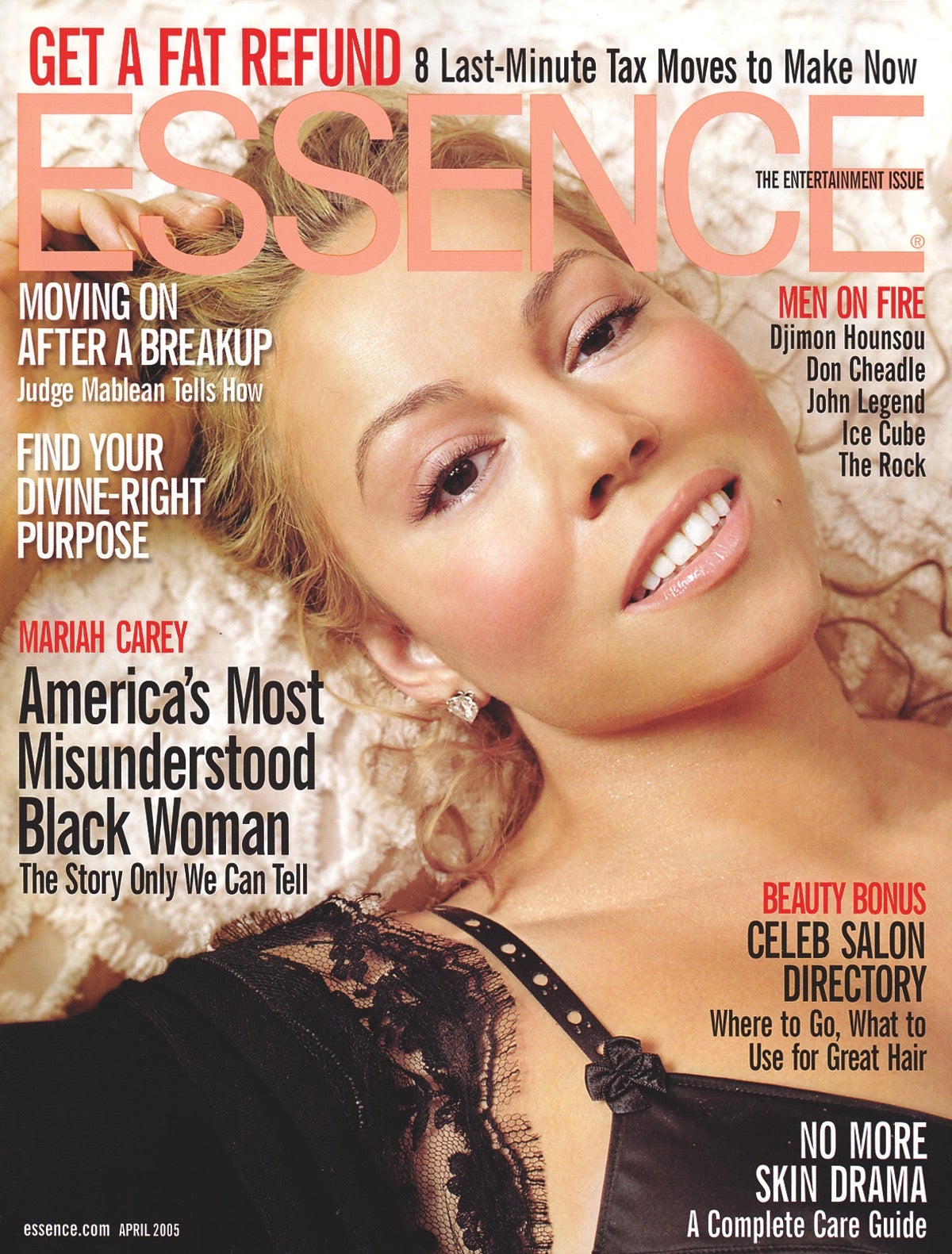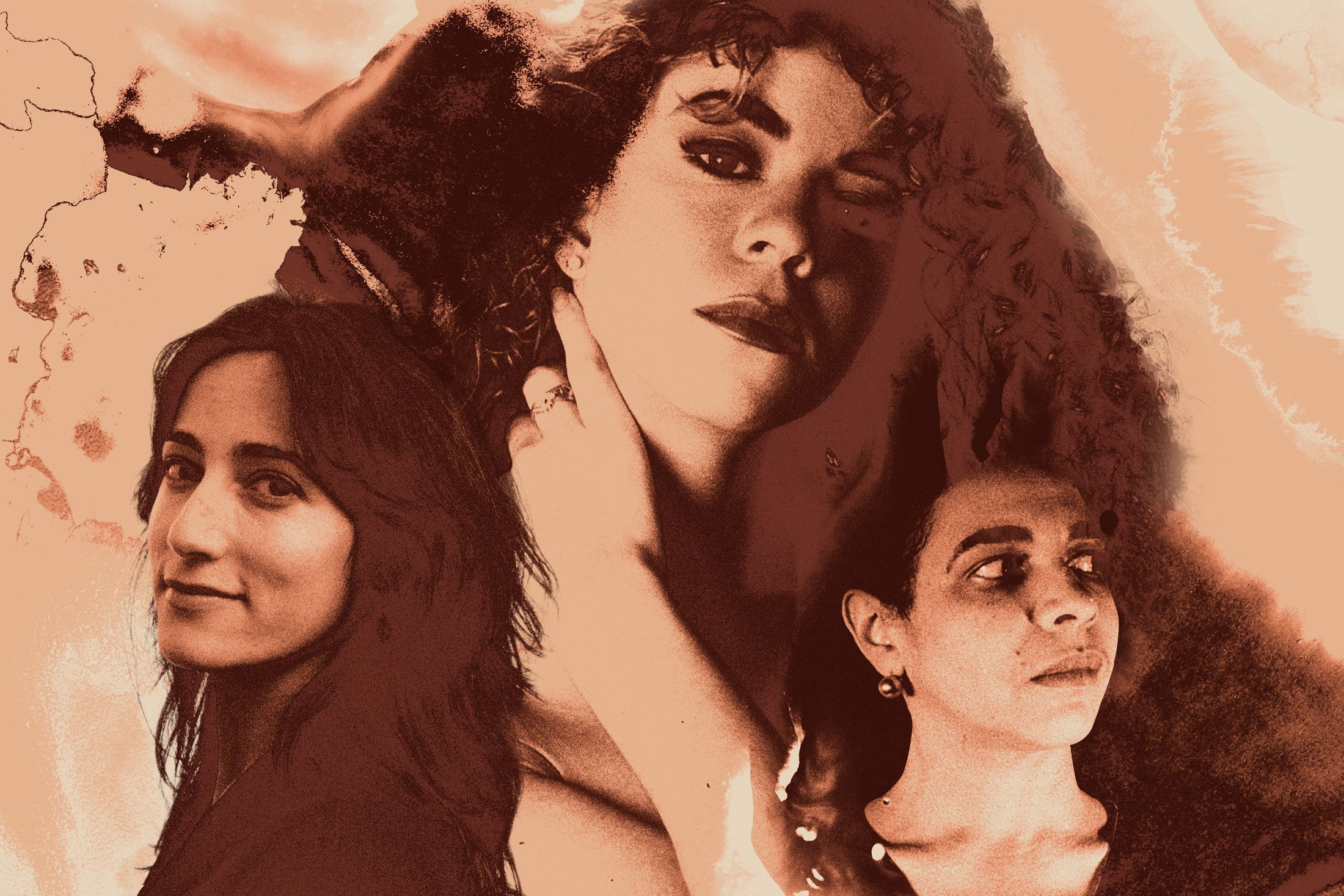Mariah Carey Recalls How Important It Was To Be Seen As A Black Woman On The 2005 Cover Of ESSENCEPosted in Articles, Arts, Interviews, Media Archive, United States, Women on 2021-10-25 15:54Z by Steven |
Mariah Carey Recalls How Important It Was To Be Seen As A Black Woman On The 2005 Cover Of ESSENCE
Essence
2021-01-14
Mariah Carey recently sat down with Questlove (real name Ahmir Khalib Thompson) for a new episode of his podcast Questlove Supreme during which she detailed some of her struggles growing up as a child who was racially ambiguous. Challenges, she notes, that continued to follow her throughout the ’90s, 2000s, and even to this day.
“When people years from now tell my story — hopefully that happens — they’re gonna have to use that book as a template,” Carey said of her memoir The Meaning of Mariah Carey which was released this past September. “This is my actual story. I look at a lot of people that I admired who didn’t get a chance to do that. They may have told their stories through their music and people interpret their stories.”
Explaining the approach to her memoir which was written in collaboration with former ESSENCE editor Michaela Angela Davis, Carey continues, “I know some people, Ahmir, like to have everybody else’s input and their perspective. But what I wanted was to tell my actual story, which doesn’t begin with, ‘Mariah Carey put out Vision of Love in 1990.’ No, it doesn’t begin with that. It begins [with me] coloring in the ‘wrong’ crayon with a brown crayon for my father, so they all freak out at me. It begins with, ‘I don’t understand my hair because I’m [half-black]. It begins with all these identity issues, these issues of race, these struggles. Then it goes to the issues of control.”
When the five-time Grammy-award winner released her first album, Mariah Carey, at just 21 it became the best-selling album in the United States, selling more than 15 million copies. But that success didn’t shield Carey from some of the same identity issues she dealt with throughout her entire childhood…
Read the entire article here.




